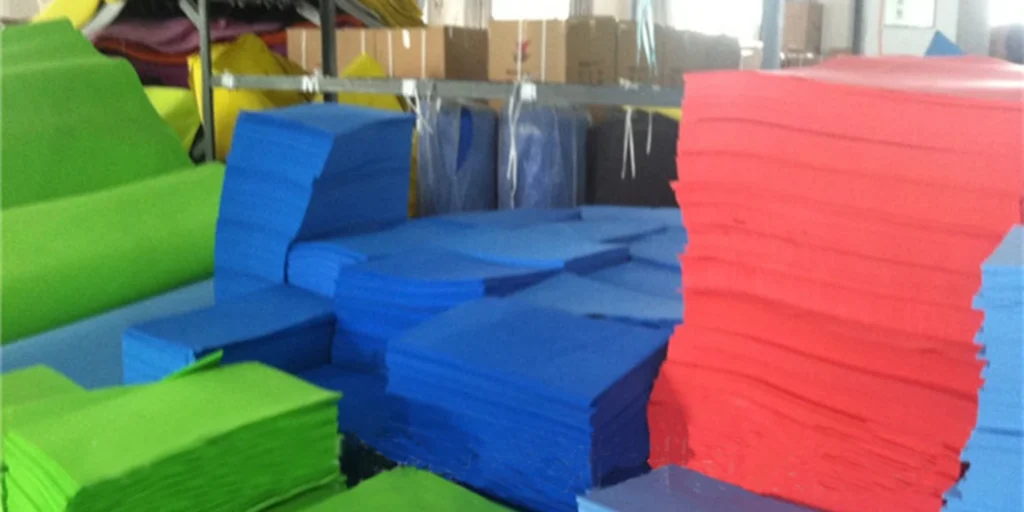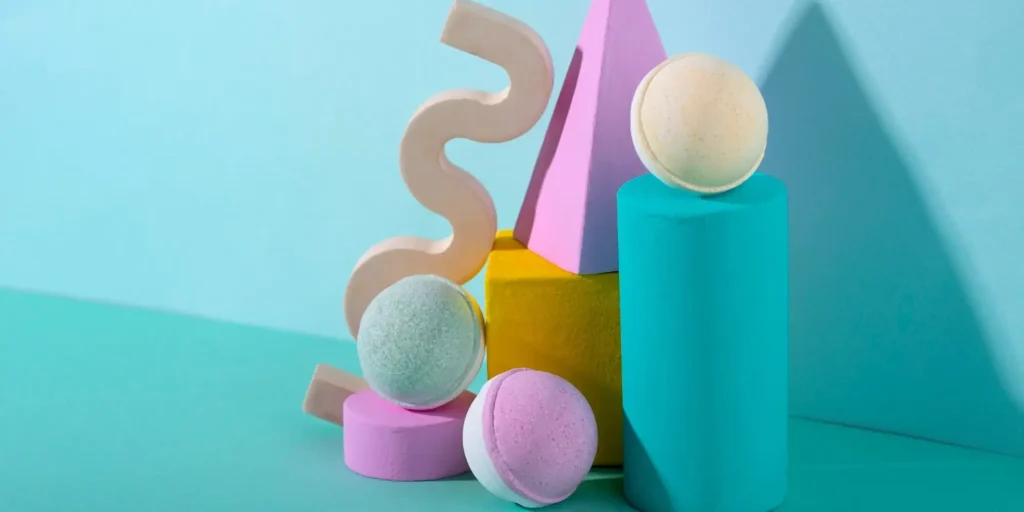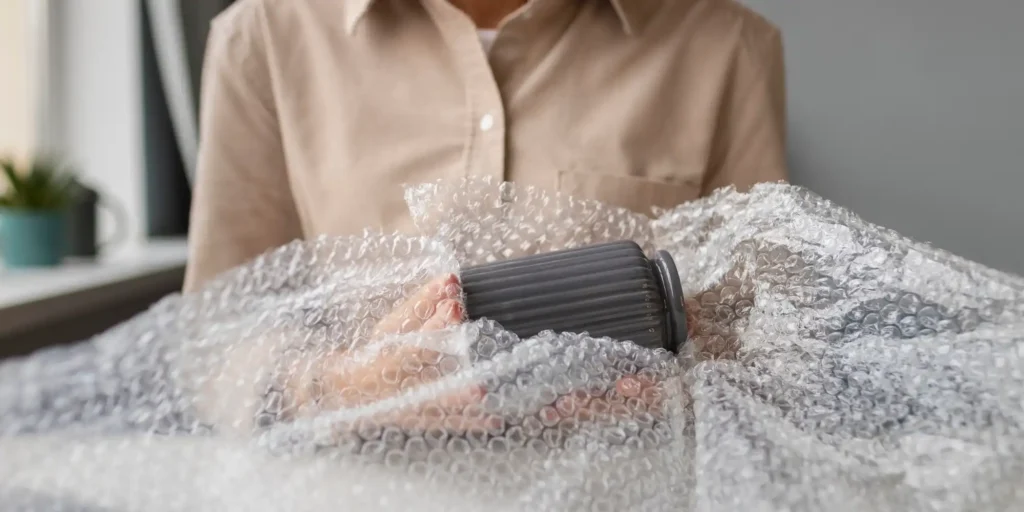EVA foam, or Ethylene Vinyl Acetate foam, is rapidly becoming a favored material in various industries, from sports equipment to automotive applications. Its unique properties and versatility are transforming how products are designed and manufactured. This article will delve into what EVA foam is, its benefits, applications, and why it’s revolutionizing product design.
Understanding EVA Foam
EVA foam is a copolymer of ethylene and vinyl acetate, known for its lightweight, flexible, and durable characteristics. It can be produced in various densities and thicknesses, making it adaptable for numerous applications. The material is non-toxic, recyclable, and resistant to UV radiation, making it an environmentally friendly choice.
Key Characteristics of EVA Foam
- Lightweight: EVA foam is significantly lighter than many traditional materials, making it ideal for products where weight is a concern, such as footwear and sporting goods.
- Durability: Its resistance to impact, abrasion, and moisture ensures that products made from EVA foam maintain their integrity over time.
- Flexibility: EVA foam can be easily molded and shaped, allowing designers to create complex structures and designs.
- Comfort: The cushioning properties of EVA foam provide comfort and support, making it a popular choice in products such as mats and cushions.
- Customization: EVA foam can be easily colored and printed on, enabling brands to create visually appealing products that stand out in the market.
Applications of EVA Foam
EVA foam’s versatility leads to its widespread use across various industries:
1. Sports and Fitness
EVA foam is commonly used in the production of mats, pads, and protective gear. Its shock-absorbing properties make it perfect for gym floors and exercise mats, providing a safe environment for workouts.
2. Footwear
The footwear industry has embraced EVA foam for its lightweight and cushioned properties. Many athletic shoes incorporate EVA foam in their midsoles for enhanced comfort and support during physical activity.
3. Packaging
EVA foam is an excellent choice for protective packaging due to its shock-absorbing qualities. It’s often used to safeguard fragile items during shipping.
4. Automotive
In the automotive sector, EVA foam is utilized for sound insulation, cushioning, and interior trim components. Its ability to reduce noise and vibration enhances the overall driving experience.
5. Toys and Crafts
EVA foam is a popular material for toys, craft projects, and educational tools. Its safe, non-toxic nature makes it suitable for children’s products.
How EVA Foam is Revolutionizing Product Design
The integration of EVA foam in product design is leading to innovative solutions and improved user experiences. Here are several ways in which EVA foam is making an impact:
1. Enhanced Design Freedom
The moldability of EVA foam allows designers to experiment with intricate shapes and structures that were previously difficult to achieve with traditional materials. This freedom fosters creativity and innovation in product design.
2. Improved Functionality
Products designed with EVA foam often exhibit improved performance characteristics. For instance, cushioning in footwear enhances comfort, while the lightweight nature of EVA foam in packaging improves shipping efficiency.
3. Eco-Friendly Alternatives
With growing environmental awareness, the demand for sustainable materials is on the rise. EVA foam’s recyclable nature positions it as a viable alternative to non-eco-friendly materials, appealing to environmentally conscious consumers.
4. Customization Opportunities
Brands can easily customize EVA foam products with colors, prints, and textures, allowing for unique branding opportunities. This adaptability helps companies differentiate their offerings in a competitive marketplace.
EVA foam is more than just a material; it’s a catalyst for innovation in product design. Its unique properties and versatility make it an ideal choice across various industries. As businesses continue to seek ways to enhance their products and appeal to consumers, EVA foam will undoubtedly play a pivotal role in shaping the future of product design.
By understanding and harnessing the benefits of EVA foam, companies can not only improve their product offerings but also contribute to a more sustainable and innovative industry landscape. Whether you’re in sports, automotive, or packaging, embracing EVA foam could be the key to staying ahead in the ever-evolving market.
FAQ
1. What is EVA foam made of?
EVA foam is a copolymer made from ethylene and vinyl acetate, which gives it unique properties like flexibility and durability.
2. What are the main benefits of using EVA foam?
The main benefits include its lightweight nature, shock-absorbing qualities, flexibility, comfort, and customization options.
3. In which industries is EVA foam commonly used?
EVA foam is widely used in sports and fitness, footwear, packaging, automotive, and toys and crafts.
4. Is EVA foam eco-friendly?
Yes, EVA foam is recyclable and non-toxic, making it an environmentally friendly choice compared to many traditional materials.
5. How does EVA foam enhance product design?
EVA foam allows for intricate designs, improved functionality, customization opportunities, and contributes to sustainable product offerings.
#EVAfoam #ProductDesign #Innovation #EcoFriendly #SustainableMaterials #SportsEquipment #Footwear #Packaging #Crafts #DesignTrends
WELLE Trade has over 20 years of experience in the production and processing of PE/EVA/TPE foams, so you may want to consult with them if you have any sourcing needs.




